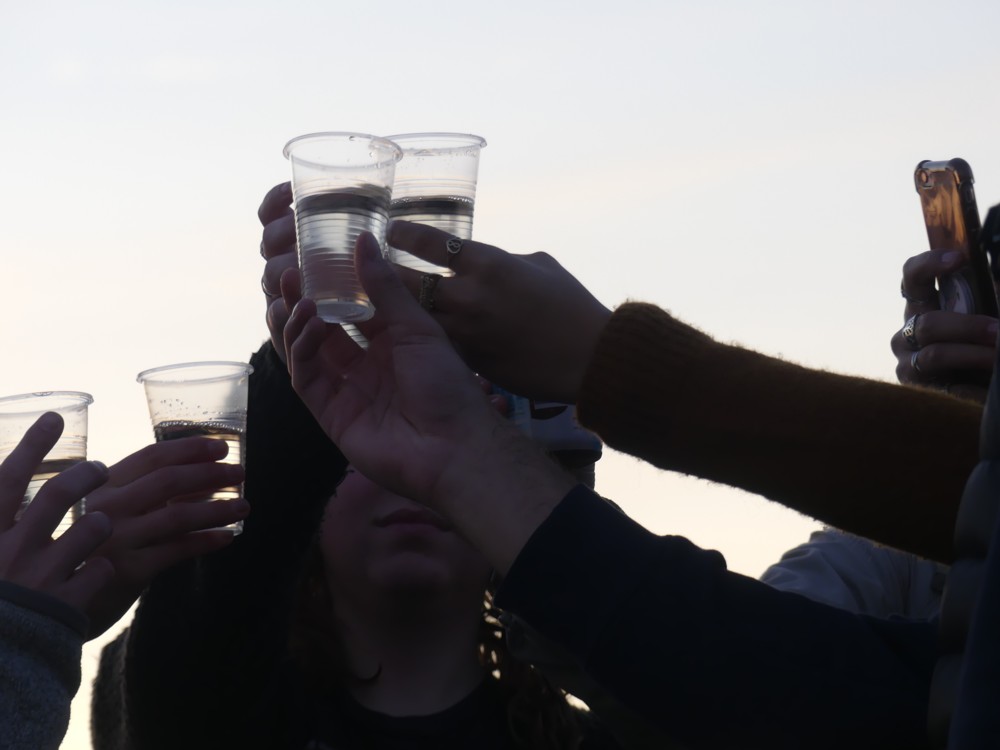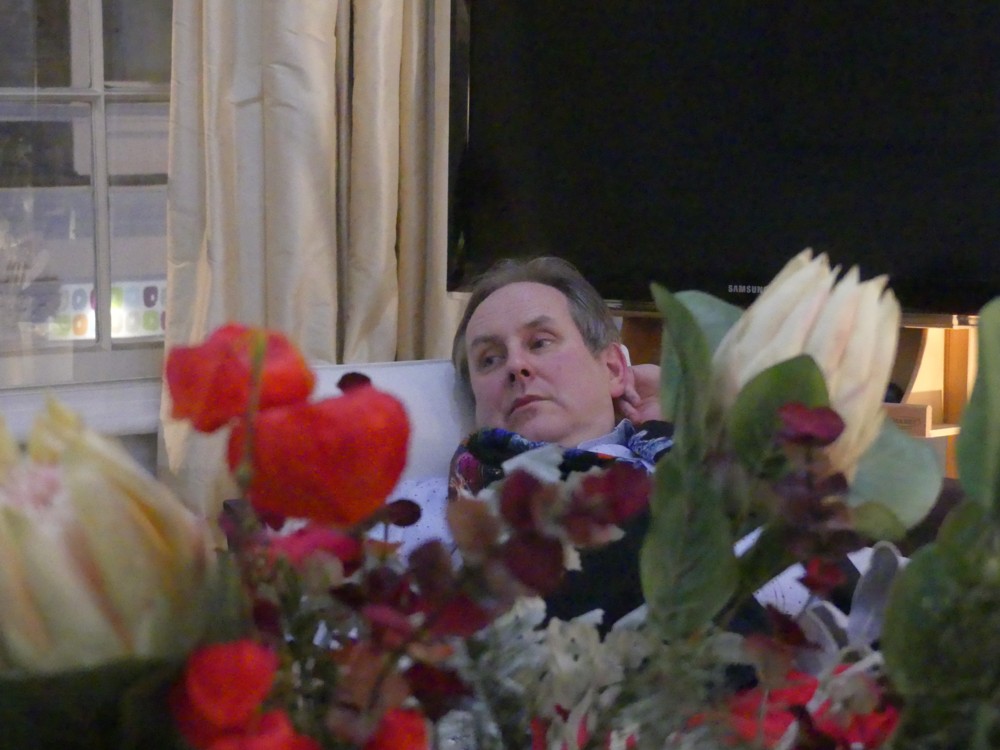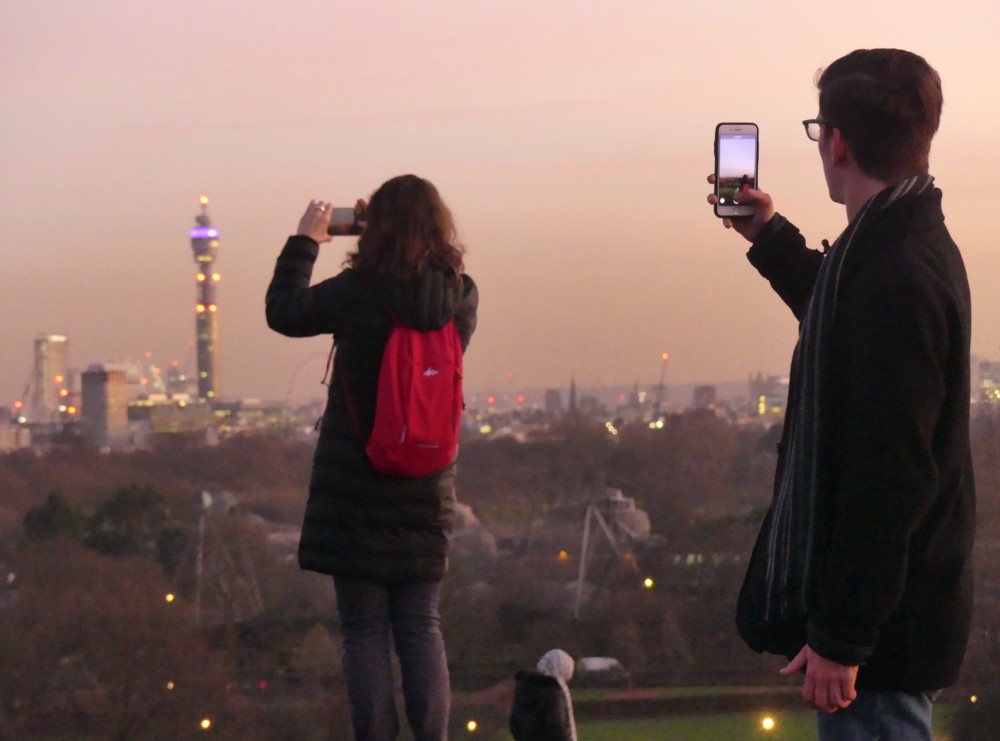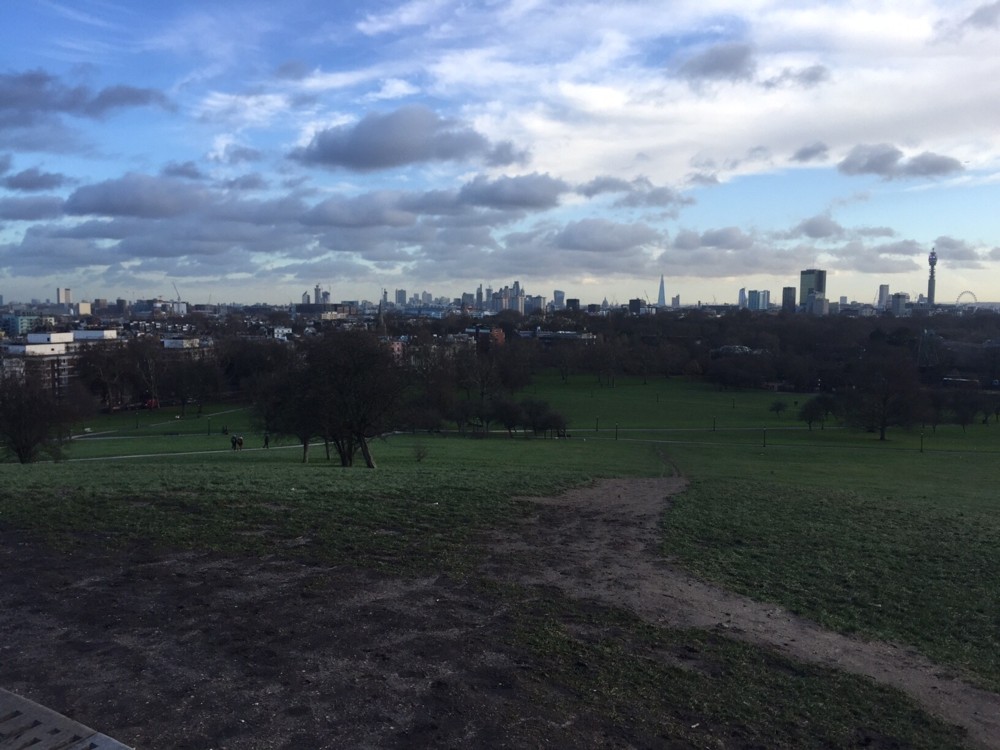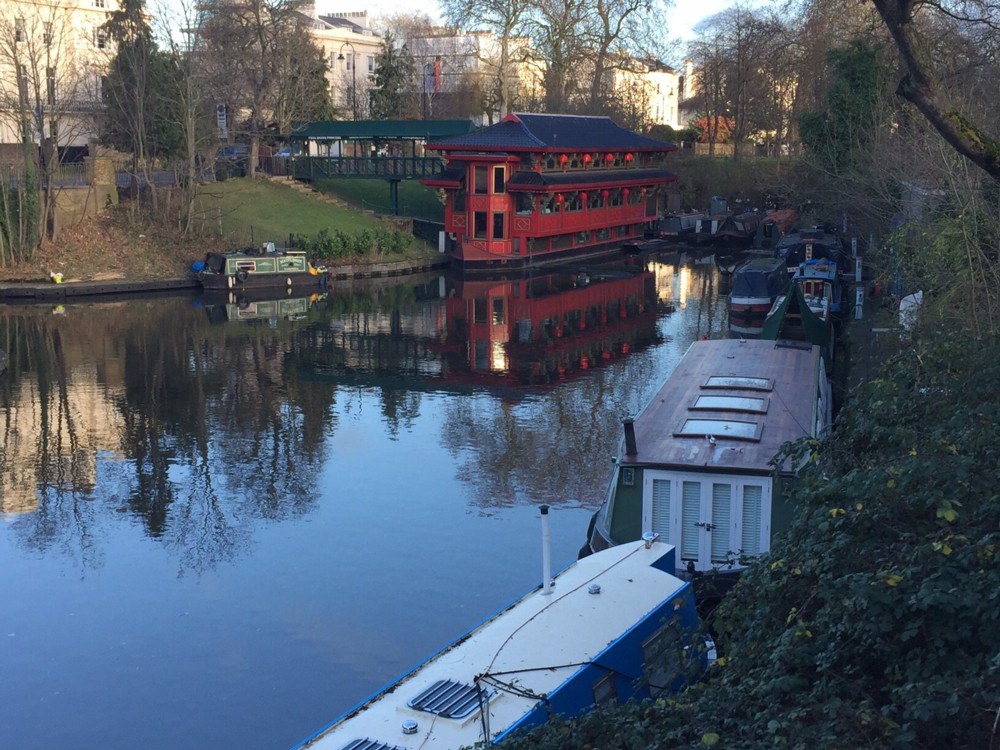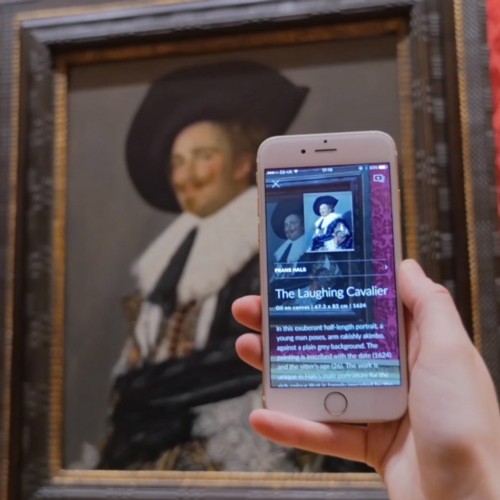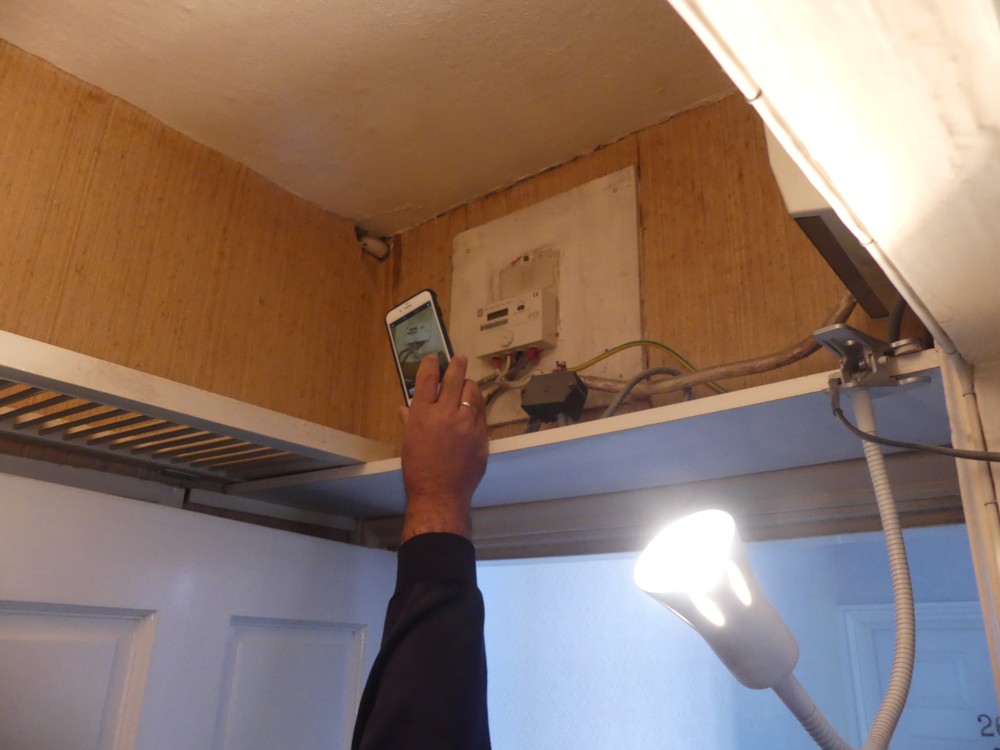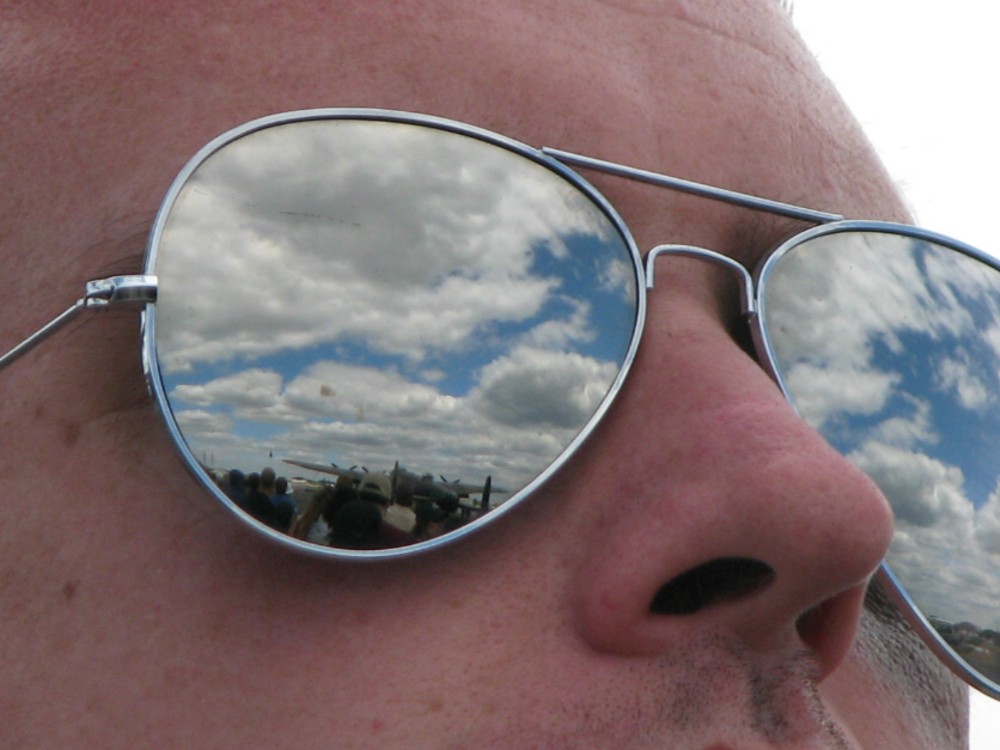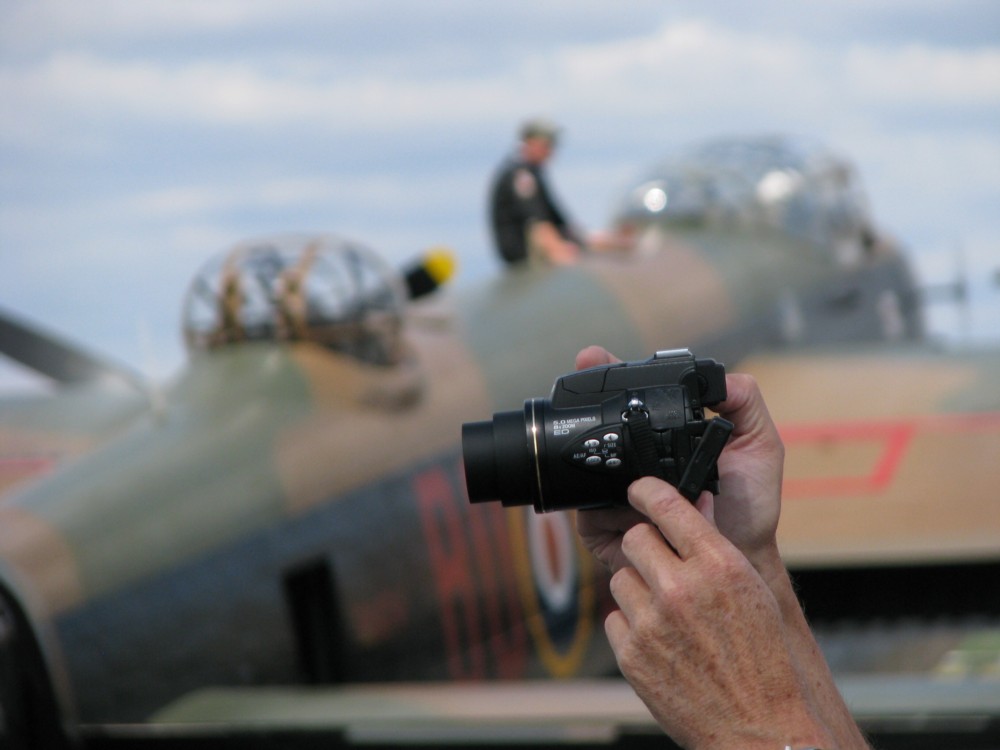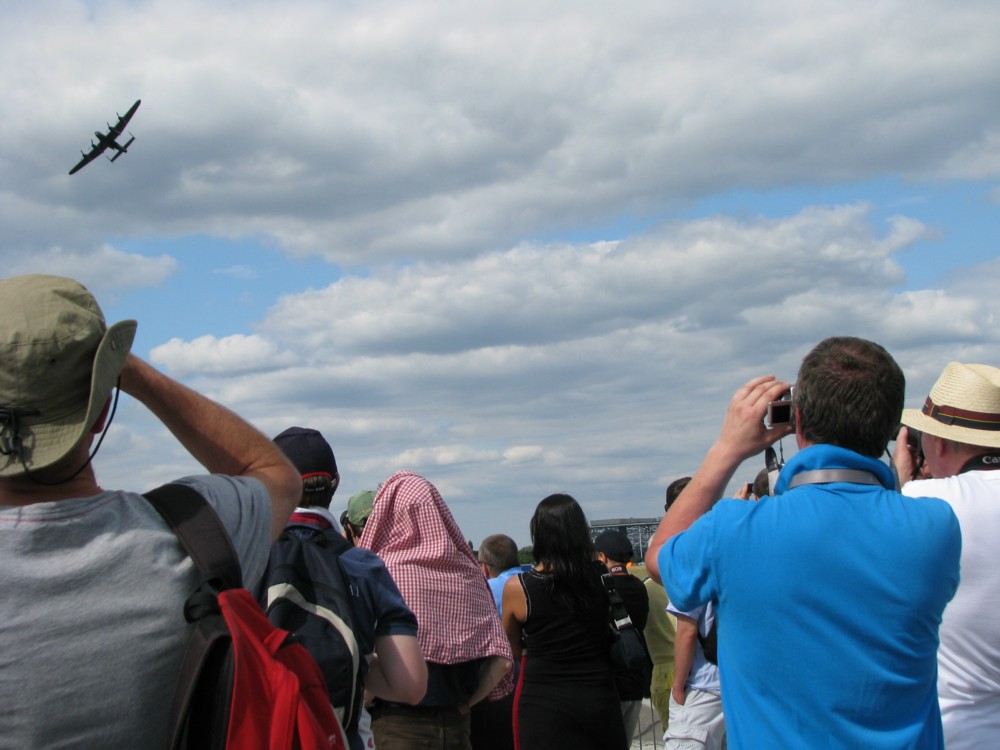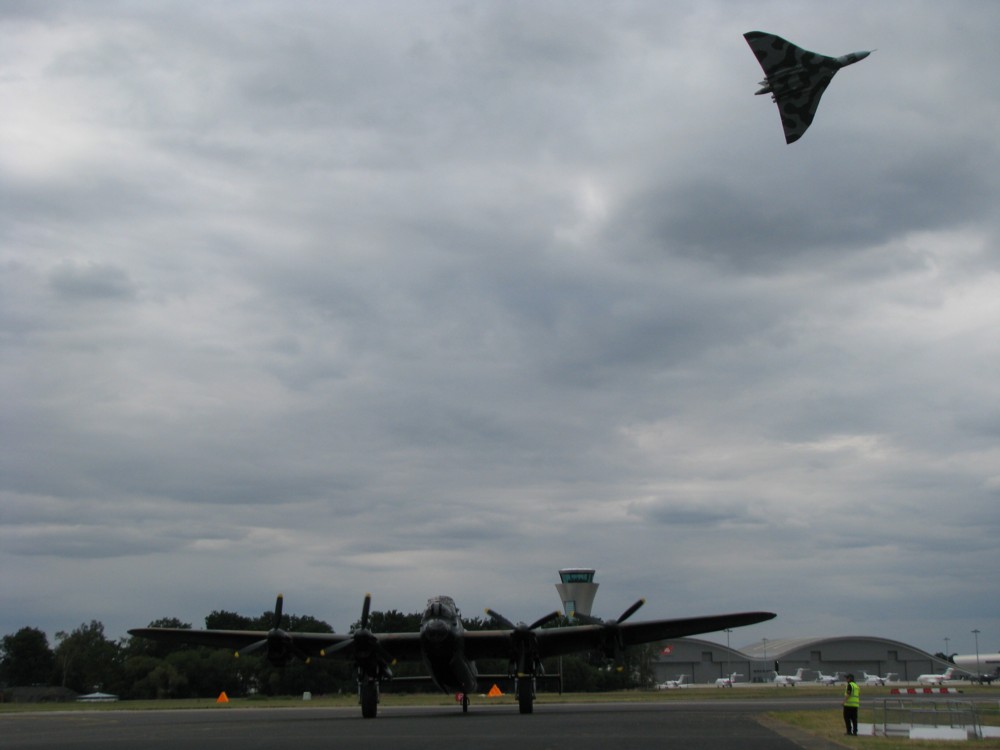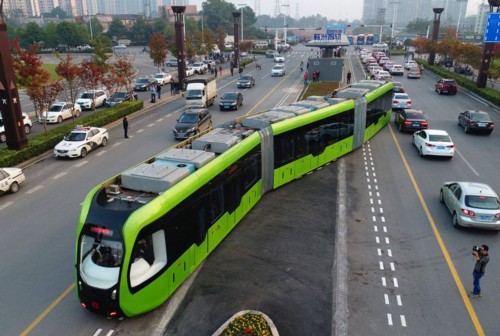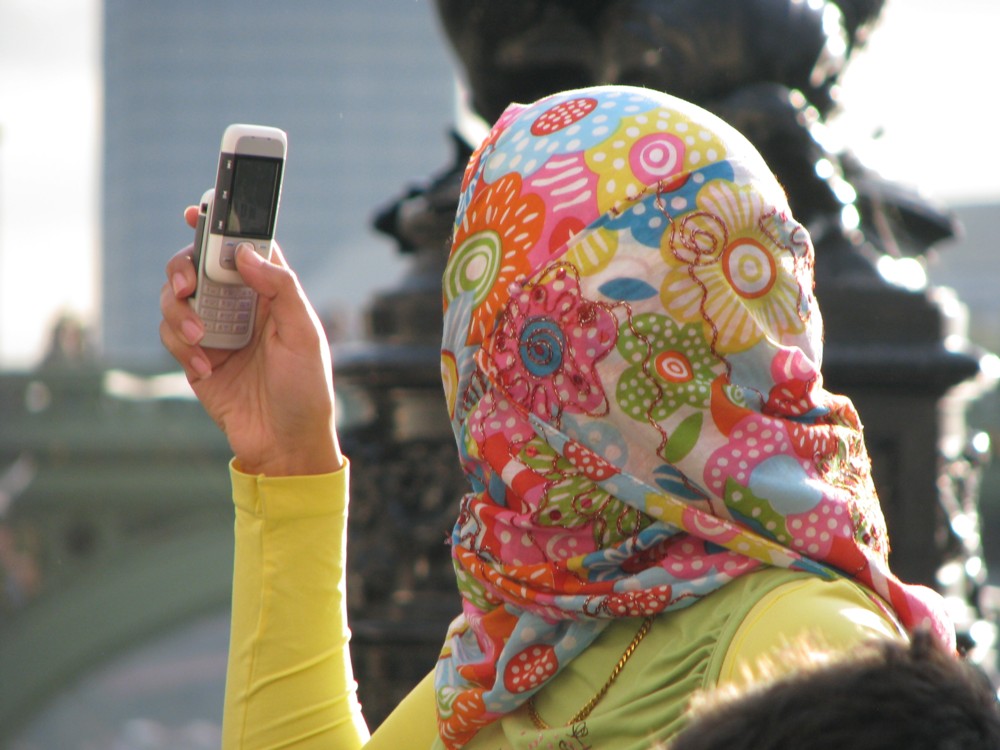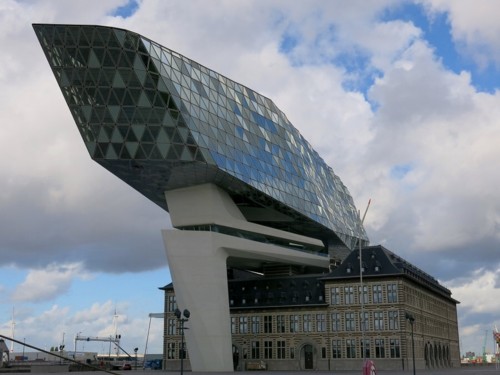Last night, egged on by some Southern Comfort and Coke, I sneaked a posting onto Samizdata, at a very quiet time of the year, and after a long break from doing anything there. I wonder how often, in human history, far more portentous events than that have been set in motion by the power of alcohol to turn “maybe later” into “what the hell I’ll do it now”.
The posting started with a photo of five hands holding five plastic glasses of something alcoholic. Here is another photo of the same scene, at the top of Primrose Hill, this time with one of the participants also doing a photo:
And then I showed a photo of Perry de Havilland, taken on Christmas Eve at his home. Here is another such photo, rather less exuberant:
And I ended with a quote garnered from Deidre McCloskey’s The Bourgeois Virtues. Page 61 of my paperback edition features five such quotes. I put one of these, from Benjamin Constant (and added that link to that piece about him) in the Samizdata posting. Here is another, from Voltaire, dated 1733:
I don’t know which is the more useful to the state, a well-powdered lord who knows precisely when the king gets up in the morning … or a great merchant who enriches his country, sends orders from his office to Surat or to Cairo, and contributes to the well-being of the world.
Neither do I know “which is more useful to the state”. But I know which one isn’t contributing to the well-being of the world and which one is. I think Voltaire rather gives his game away there.

